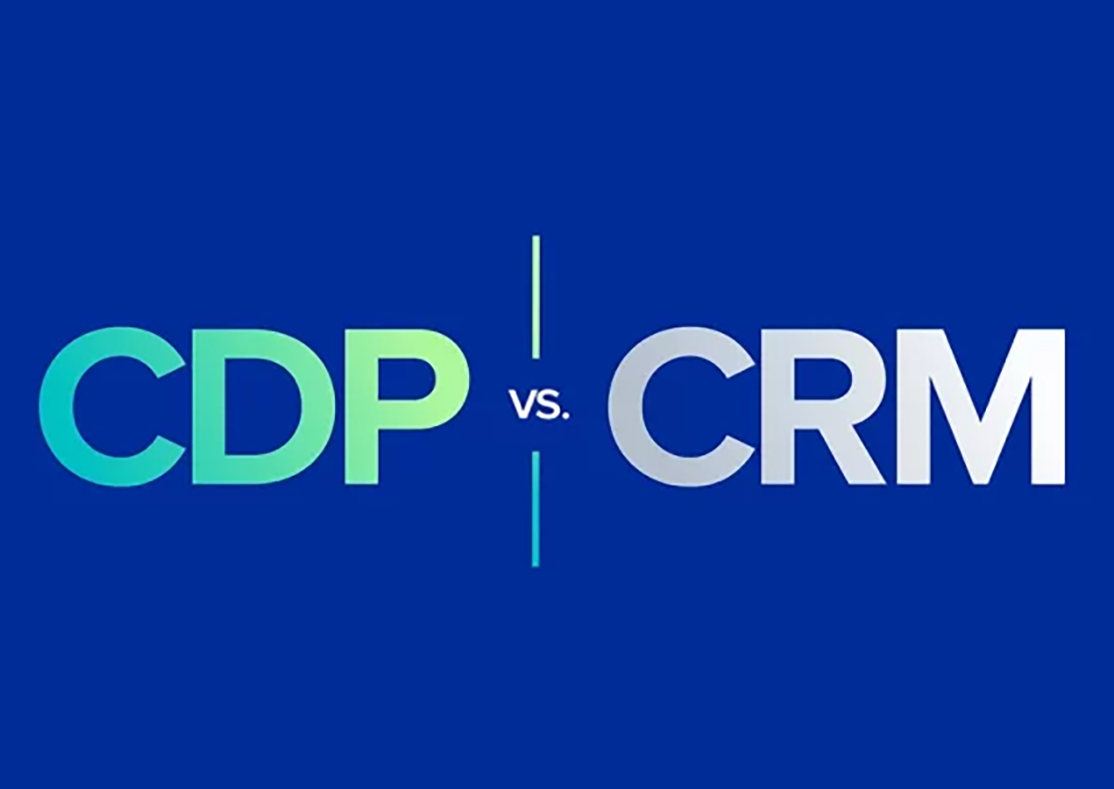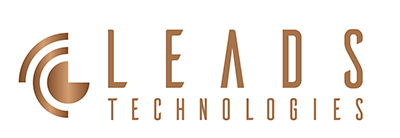
Difference Between CDP and CRM: Decoding Their Use-Cases
Adobe Experience Platform & Realtime CDP
22 August 2023
Understanding the Difference Between CDP and CRM, and When to Use CDP
In the vast landscape of marketing and sales technology, it’s easy to get lost among the acronyms. Two such terms, Customer Data Platform (CDP) and Customer Relationship Management (CRM), often get used interchangeably. However, they serve different purposes and are built for varied functionalities. Let’s dive into understanding the nuances between CDP and CRM, and when it’s ideal to utilize a CDP.
What is CRM?
CRM (Customer Relationship Management) systems primarily help businesses manage their interactions with current and potential customers. They aim to streamline processes, enhance business relationships, retain customers, and drive sales growth.
Key functionalities of CRM:
- Contact Management: Maintain a record of customers, including their contact information, past interactions, and other relevant details.
- Sales Management: Track potential deals, manage sales pipelines, and forecast potential revenue.
- Task & Calendar Management: Schedule appointments, set reminders for follow-ups, and keep track of customer interactions.
- Email Integration: Synchronize with email platforms to track customer interactions and automate certain communication processes.
What is CDP?
CDP (Customer Data Platform) is a packaged software that centralizes customer data from all available sources, cleanses it, and then consolidates this data into a single customer profile. This profile can then be used by other systems for analytics, personalization, and targeting purposes.
Key functionalities of CDP:
- Data Integration: Aggregate data from multiple sources, including CRMs, websites, apps, social media, and more.
- Data Cleansing & Deduplication: Remove any inconsistencies, errors, or redundancies in the data.
- Unified Customer Profile: Create a singular, comprehensive view of each customer, updating it in real-time.
- Segmentation: Allows for advanced customer segmentation based on behavior, demographics, purchase history, etc.
- Activating Data Across Platforms: Use the unified data to drive campaigns, personalization, or retargeting across various platforms.
CDP vs. CRM: The Core Difference
The main difference between a CDP and CRM is the scope and nature of the data they manage:
- CRM focuses predominantly on managing sales interactions and contact details. Its primary function revolves around improving the relationship between a business and its customers through better communication and task management.
- CDP, on the other hand, is designed for marketers. It gives them a holistic, 360-degree view of their customers, aggregating data from all touchpoints, ensuring that the information is consistent, and making it available for various marketing initiatives.
When Should You Use CDP?
- Complex Customer Journeys: If your customers interact with your brand across multiple touchpoints (website, app, social media, in-store, etc.), a CDP can provide a unified view.
- Need for Real-time Data Activation: For brands that rely on real-time data to drive campaigns, personalizations, or retargeting, CDPs are invaluable.
- High Volume of Data: When dealing with vast amounts of data from various sources, a CDP can help cleanse and consolidate this data effectively.
- Advanced Segmentation: If your marketing initiatives demand advanced segmentation based on a variety of parameters, CDP can help you segment with precision.
- Cross-platform Marketing: If you’re running campaigns across various platforms and want consistent data-driven insights and targeting, CDP is the way to go.
In Conclusion
While both CRMs and CDPs offer significant value, they cater to different aspects of customer management and marketing. Understanding the nuances can help businesses decide when it’s time to invest in a CDP, ensuring they get the most out of their data and create meaningful connections with their customers.


